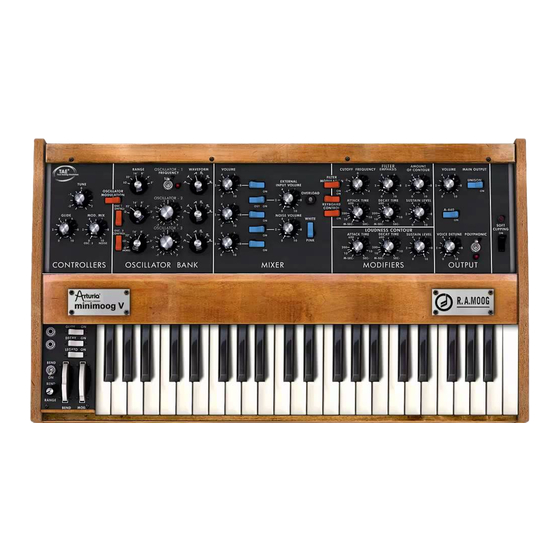
User Manuals: Arturia mini v Analog Synthesizer
Manuals and User Guides for Arturia mini v Analog Synthesizer. We have 1 Arturia mini v Analog Synthesizer manual available for free PDF download: User Manual
Arturia mini v User Manual (87 pages)
Brand: Arturia
|
Category: Recording Equipment
|
Size: 4 MB
Table of Contents
Advertisement
